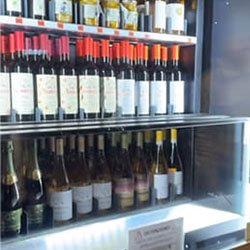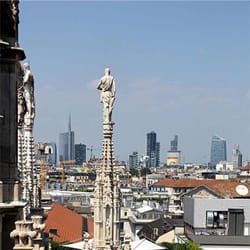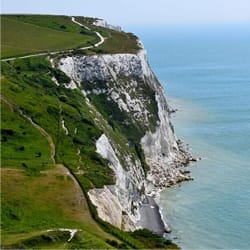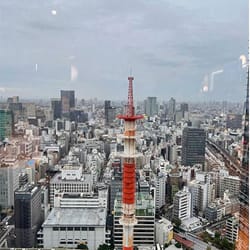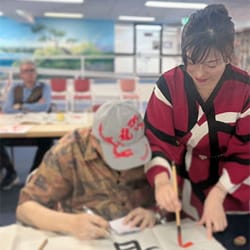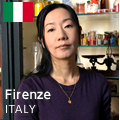
Their origin traces back to the Second World War, when the mother of a Jewish refugee family who fled to Portugal from Germany—the Davishons—popularized a recipe she learned back in her hometown.
The recipe calls for frying dough balls of sweet flour batter, coating them in sugar, and then stuffing them with sweet filling. They’re known as Berliner Pfannkuchen in Germany. At first they were made to be shared amongst fellow refugees, but eventually they became available to everyone and widely popular.
Large numbers of wartime immigrants started working in cafés and pastry shops to make ends meet, and in the process, Bola de Berlim came to be sold in Lisbon as well. Portuguese pastry chefs eventually started coming up with their own versions, stuffing them with custard cream or even going as far as creating types with no cream at all.

The variations only proliferated as the years went on, to the point where every shop now has its own unique flavors to enjoy—everything from chocolate, caramel, and strawberry to dulce de leche (milk jam), hazelnut, coconut, and lemon. Apparently, the original style made by Mrs. Davishon was a plain version stuffed with strawberry or another red berry jam. Looking further, I found that they still are made with jam in Germany, while other countries—among them Brazil, France, and Italy—all have their own flavors.
Actually, the other day I tried a coffee-flavored Bola de Berlim for the first time—and ended up liking it even more than the classic custard cream version.

We visited Carcavelos Beach in the mid-summer heat of August, and—you guessed it! There was a middle-aged guy walking around with a cooler, shouting out, “Olha! Bolinhaaaaa!” We lost sight of him as we got involved in a few things, so we waited for him to make his way back. Before we knew it, we saw a young guy who otherwise looked just like the first man calling out in exactly the same way. We asked him if he had taken over for the previous guy, and he told us that the other man had run out of Bola de Berlim and had gone to resupply. They couldn’t carry that many around at a time if they wanted to keep them fresh, meaning they had to regularly go back and refill. It had to be really tough work walking around on the scorching beach all day hawking pastries. They say that the number of beach peddlers has actually been decreasing in recent years. Still, the pastries are no less popular than they’ve ever been, so they can apparently sell a few hundred a day during the peak summer season.
So why has Bola de Berlim become a beach staple like this?
The fact that you can hold it in one hand really makes it the ideal snack. Ice cream melts on the beach, but fried bread lasts longer and is more resilient in the sun, making it easy to give to people on the shore. The sweetness is also delightful after a swim.
You get caked in salt from swimming in the ocean, to the point that even your mouth tastes salty. Eating a sweet Bola de Berlim in that state generates the perfect flavor contrast, making it that much more satisfying. And even though it’s fried dough, the batter is so light and moist that it doesn’t make you thirsty either—also making it the ideal beach snack. No wonder Bola de Berlim and the beach became an inseparable pairing.

Today, Bola de Berlim is one of the most beloved pastries in Portugal. And behind it is the amazing history of people driven away from their homeland by war and bringing the flavors of the old country with them—flavors that were eagerly embraced by the Portuguese and slowly customized over the years.
The sweet flavors that fill your mouth as you enjoy a Bola de Berlim on the beach are layered with memories brought from our refugees and woven into a uniquely Portuguese story.










